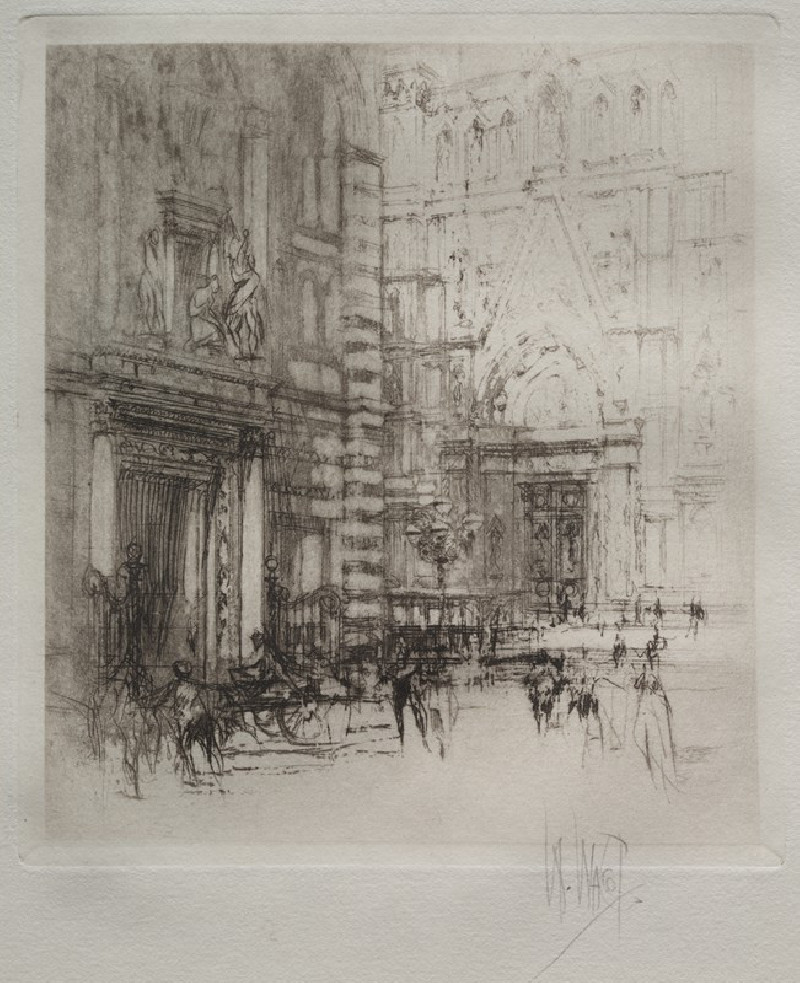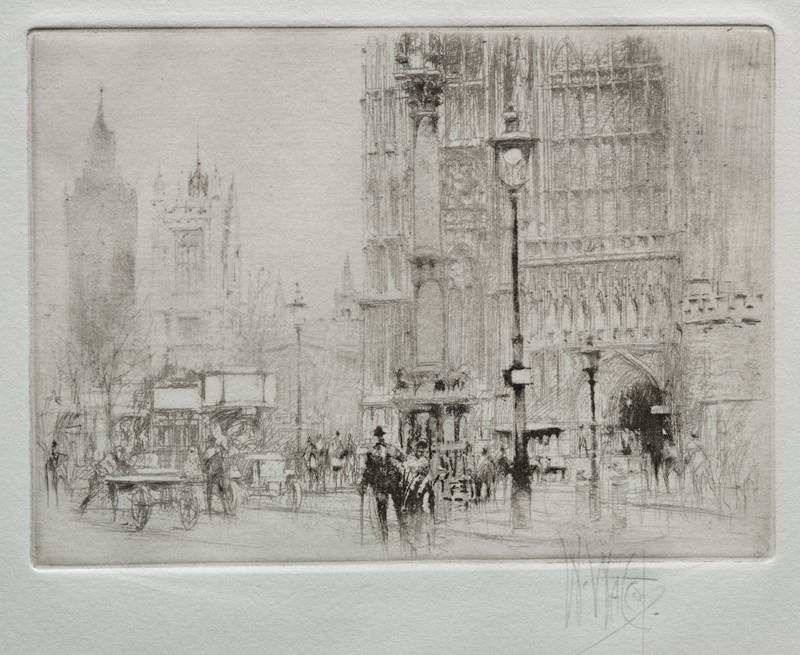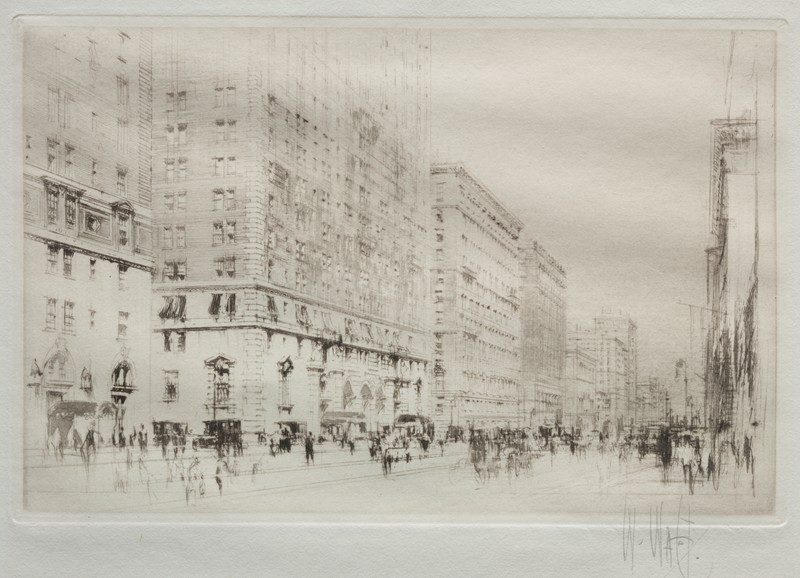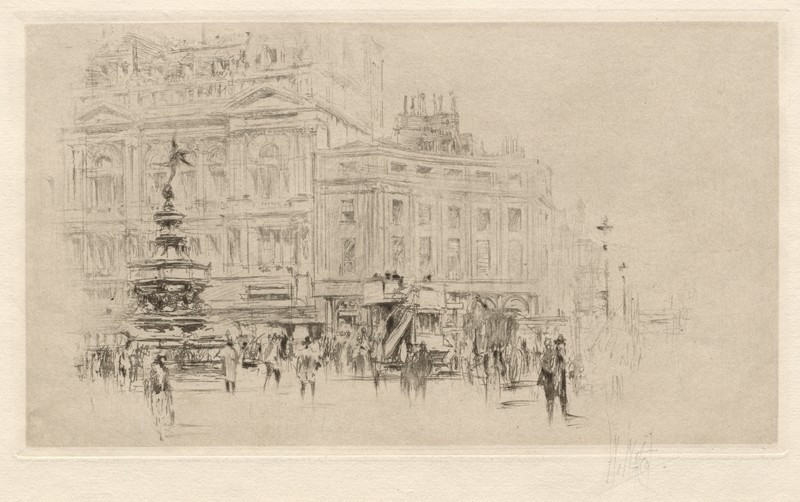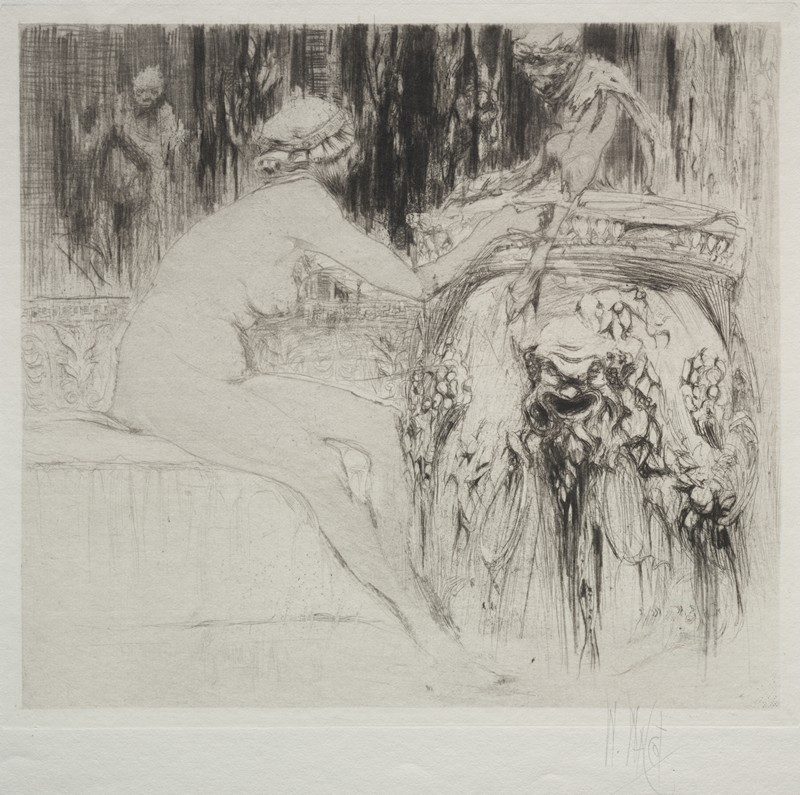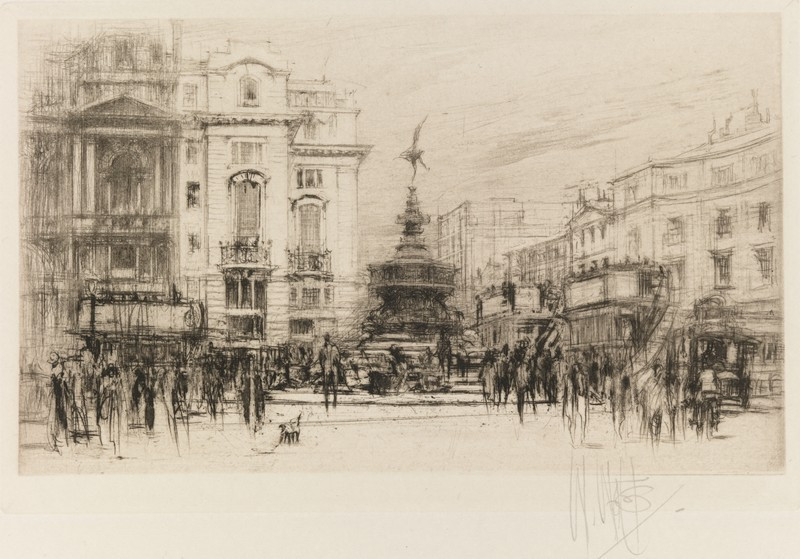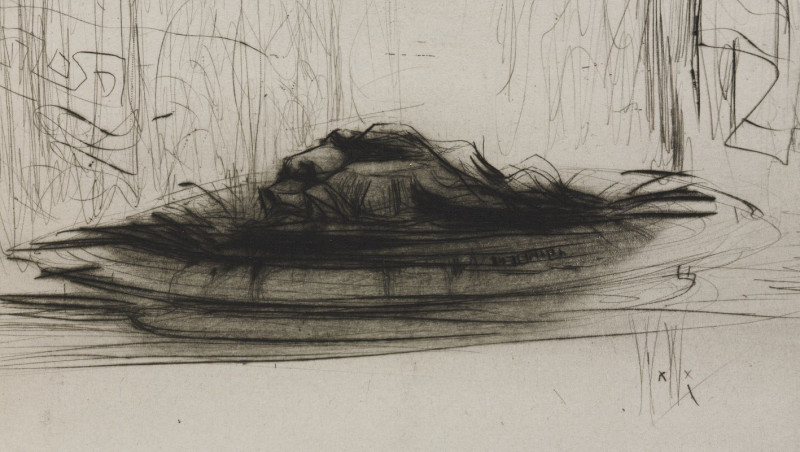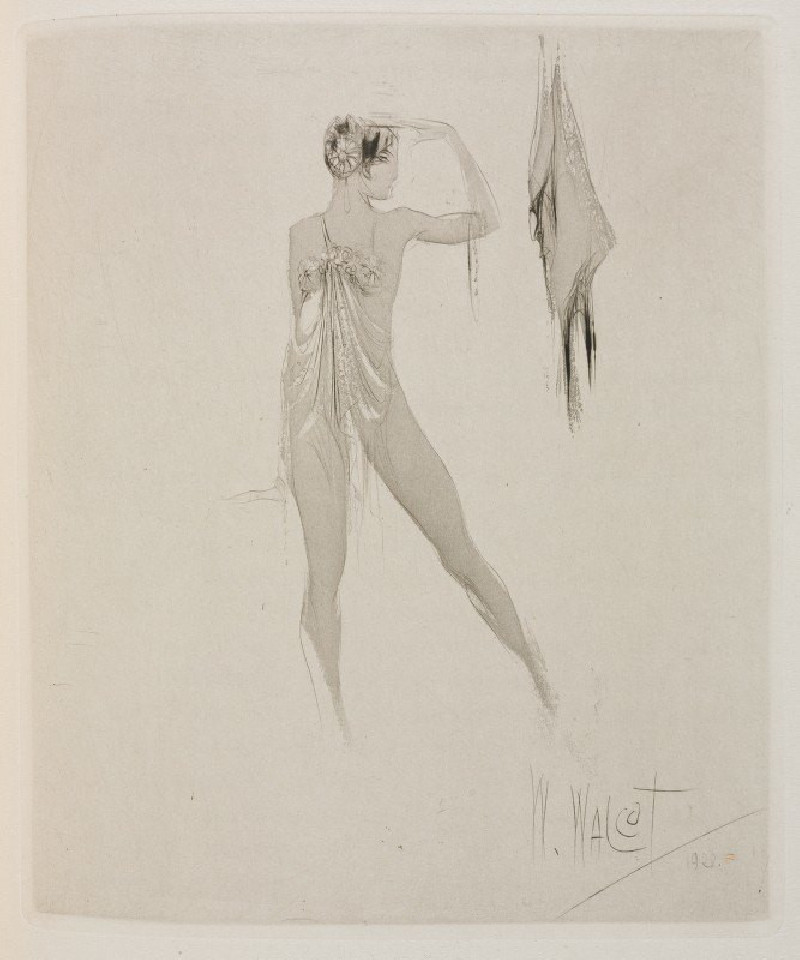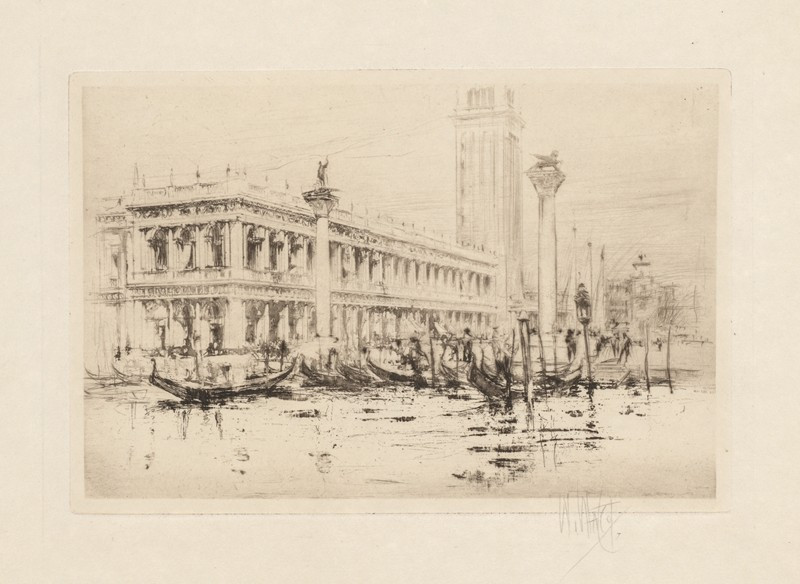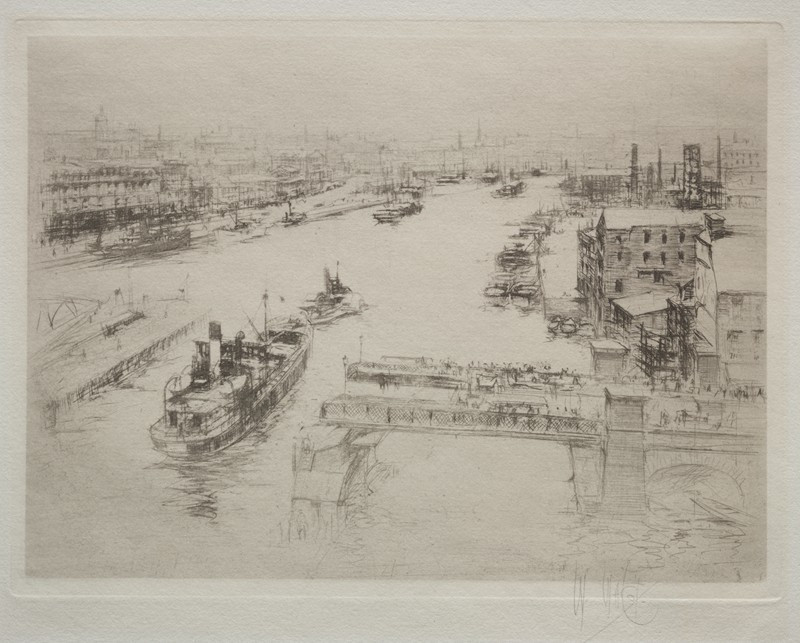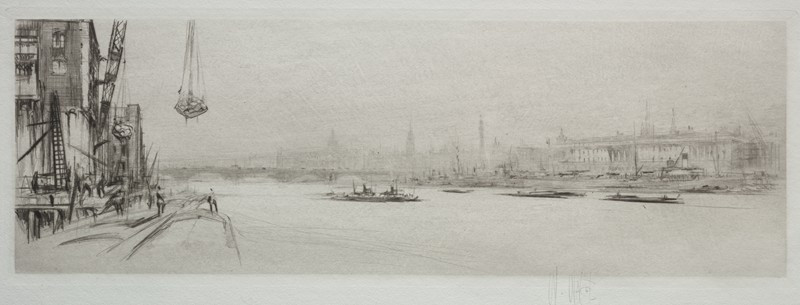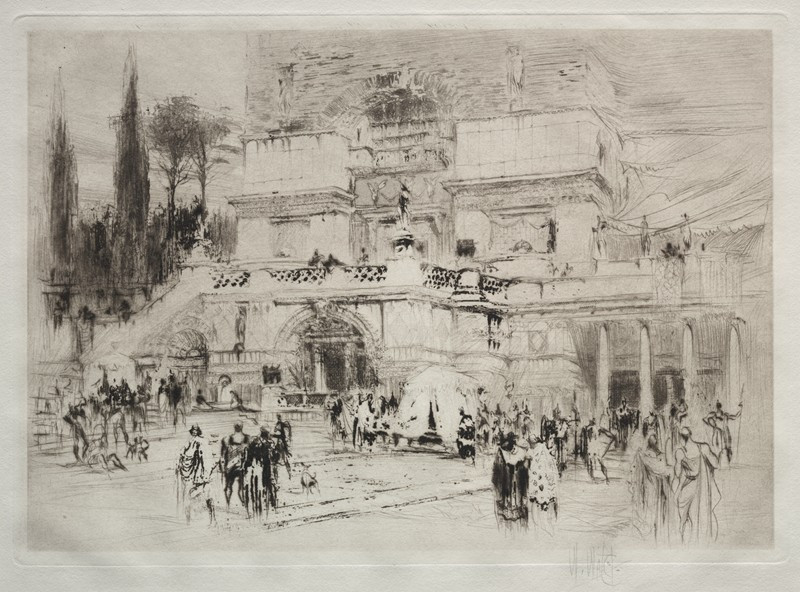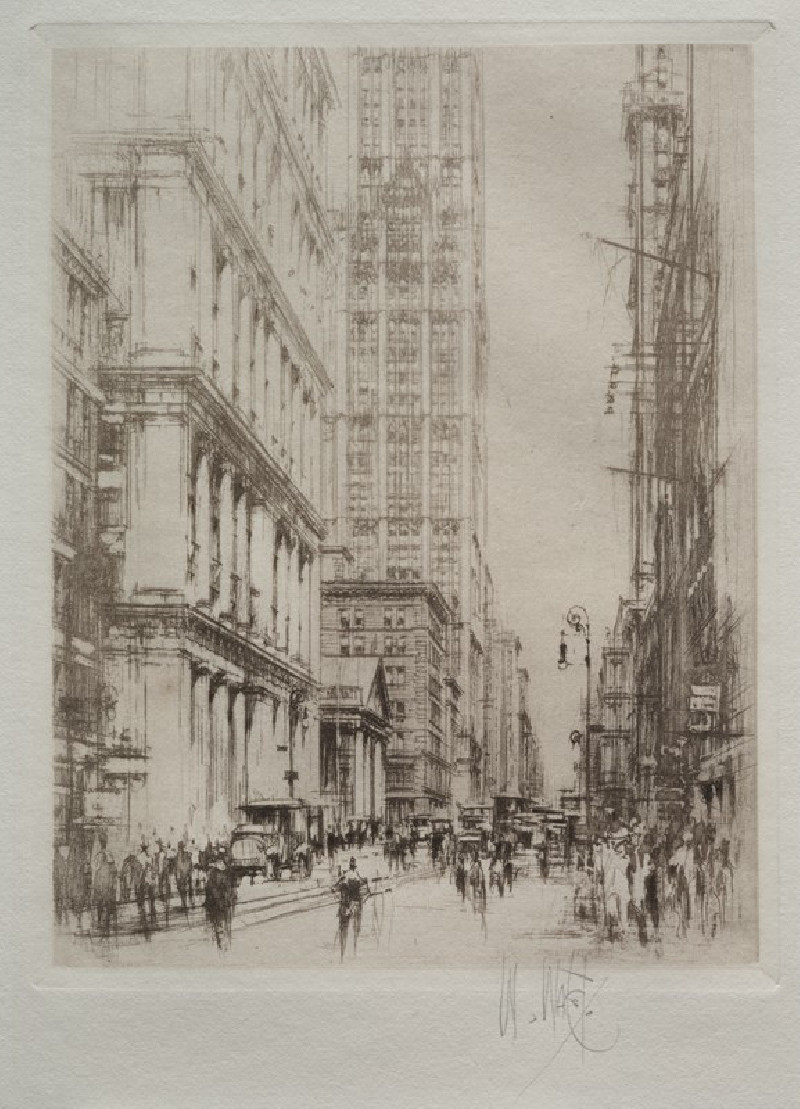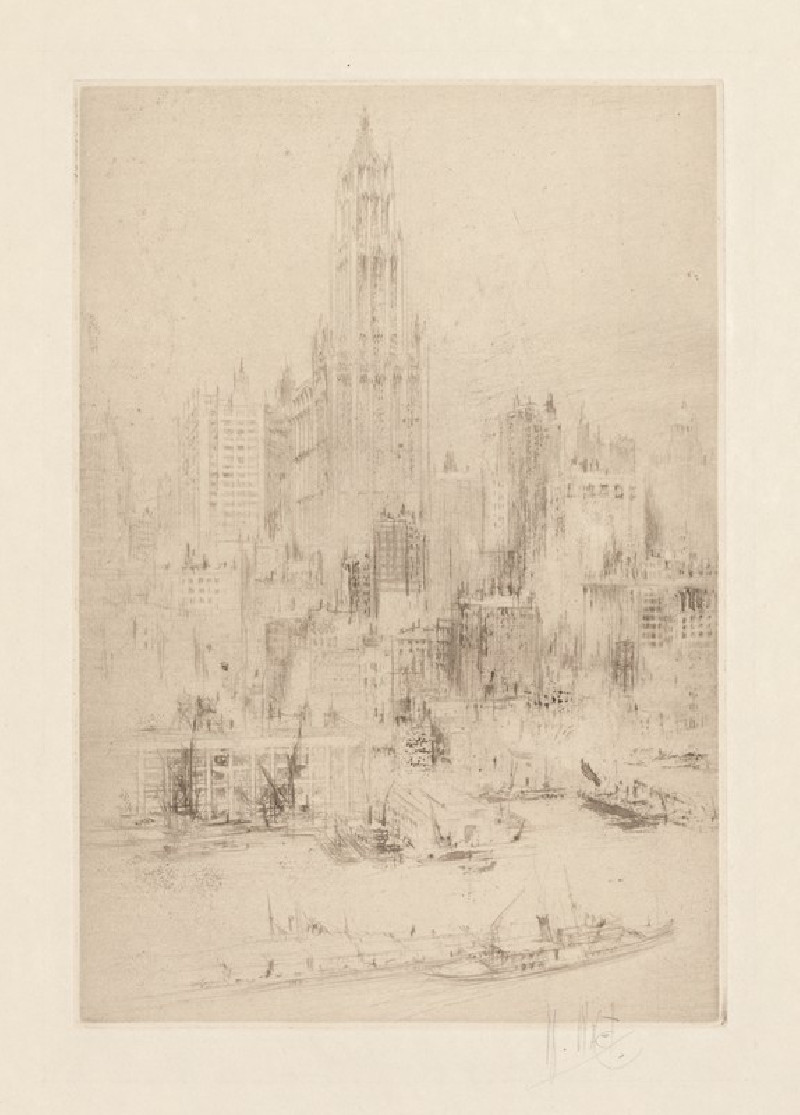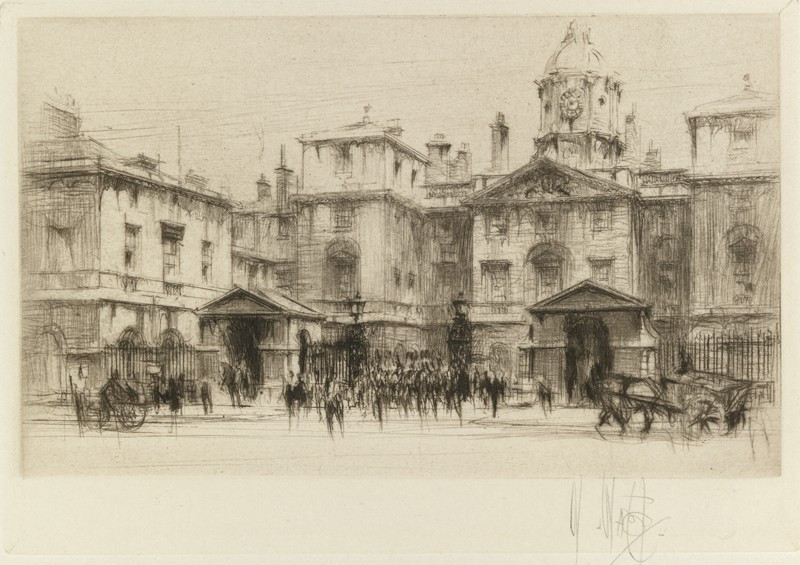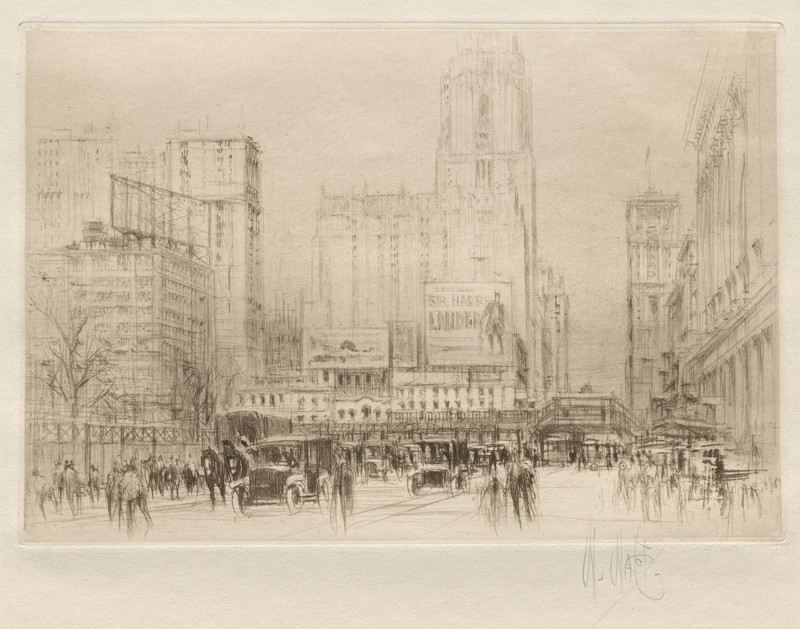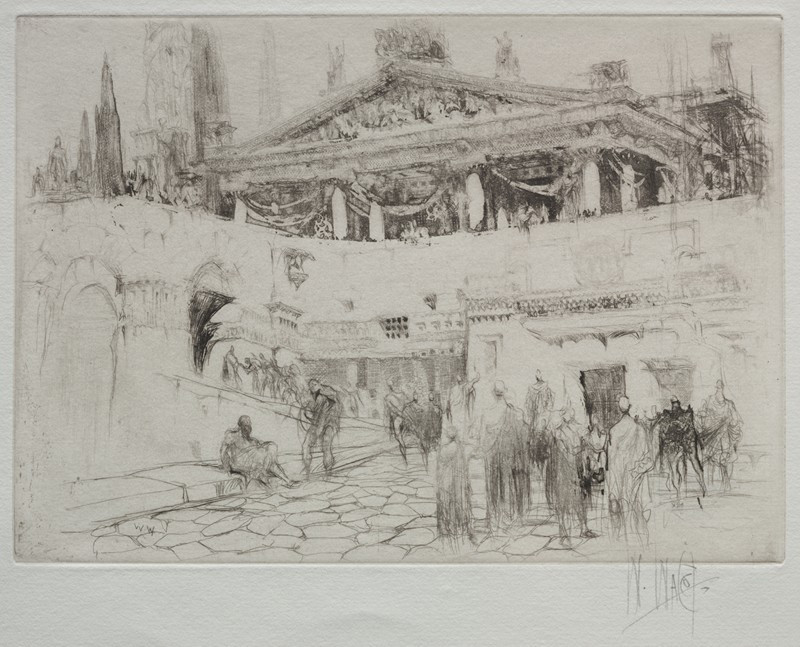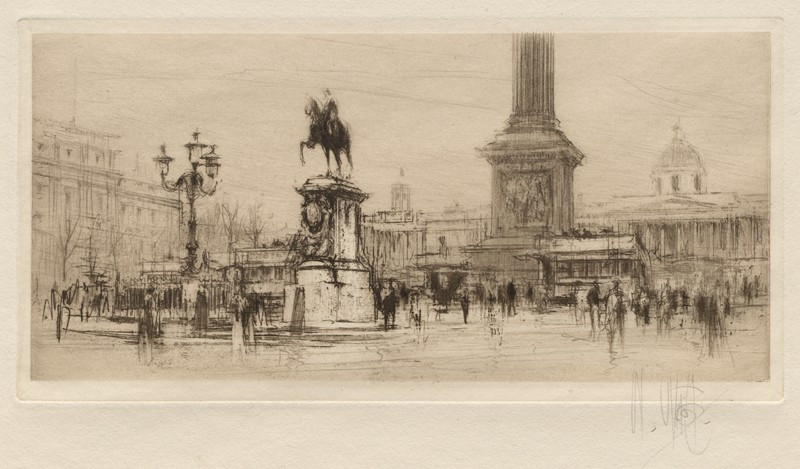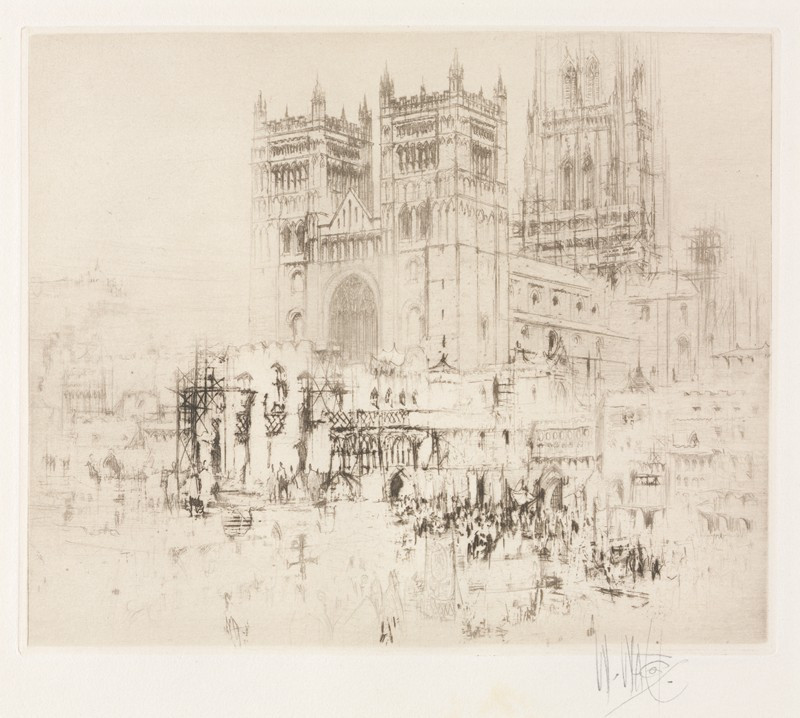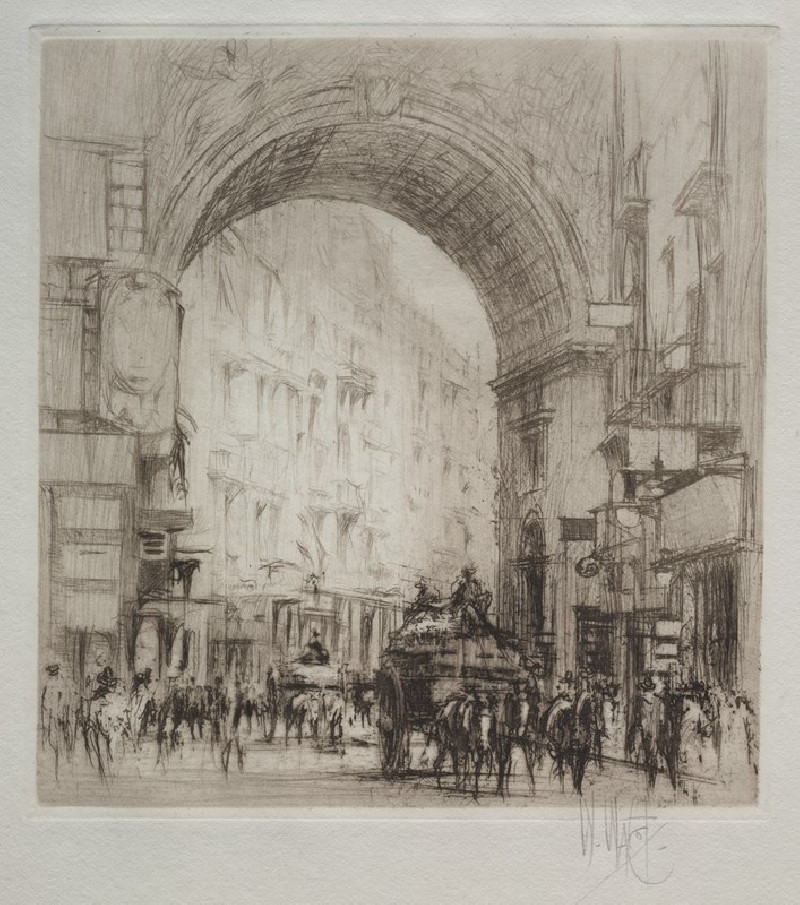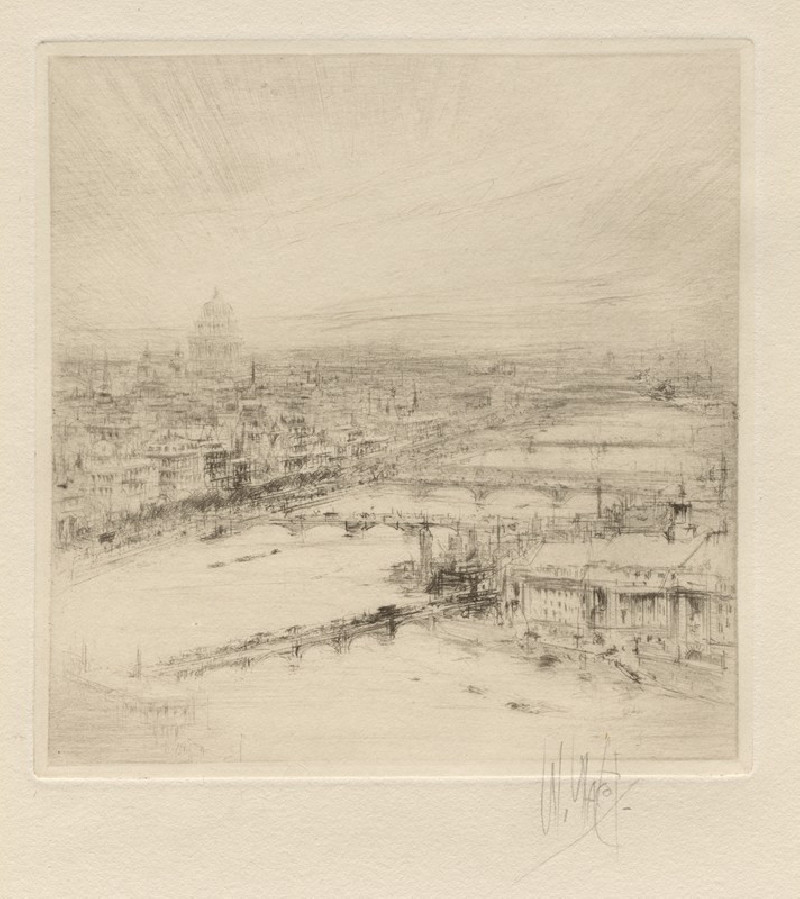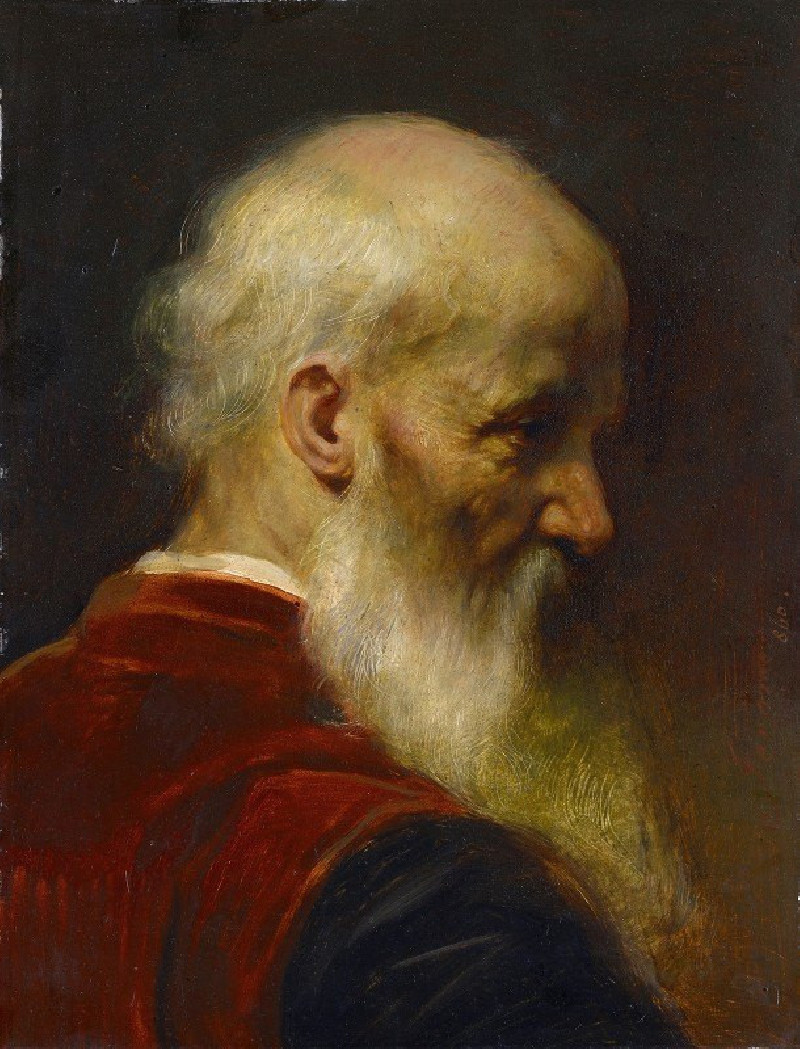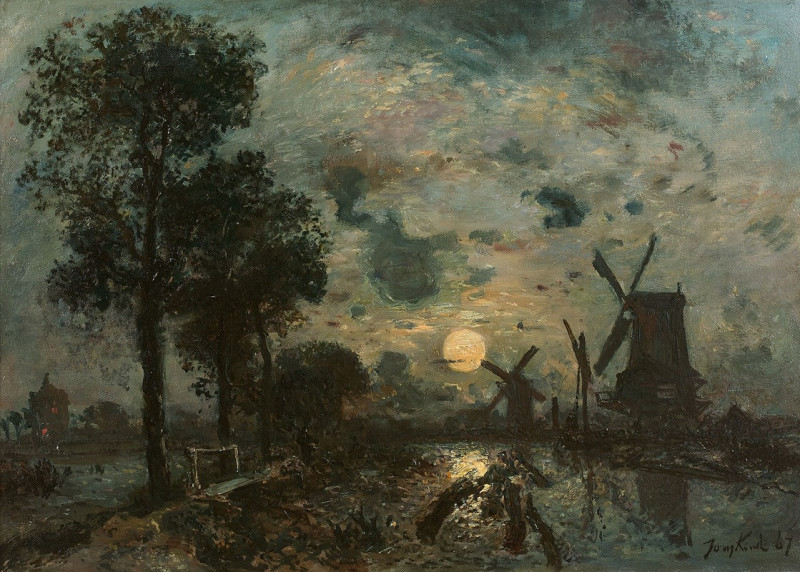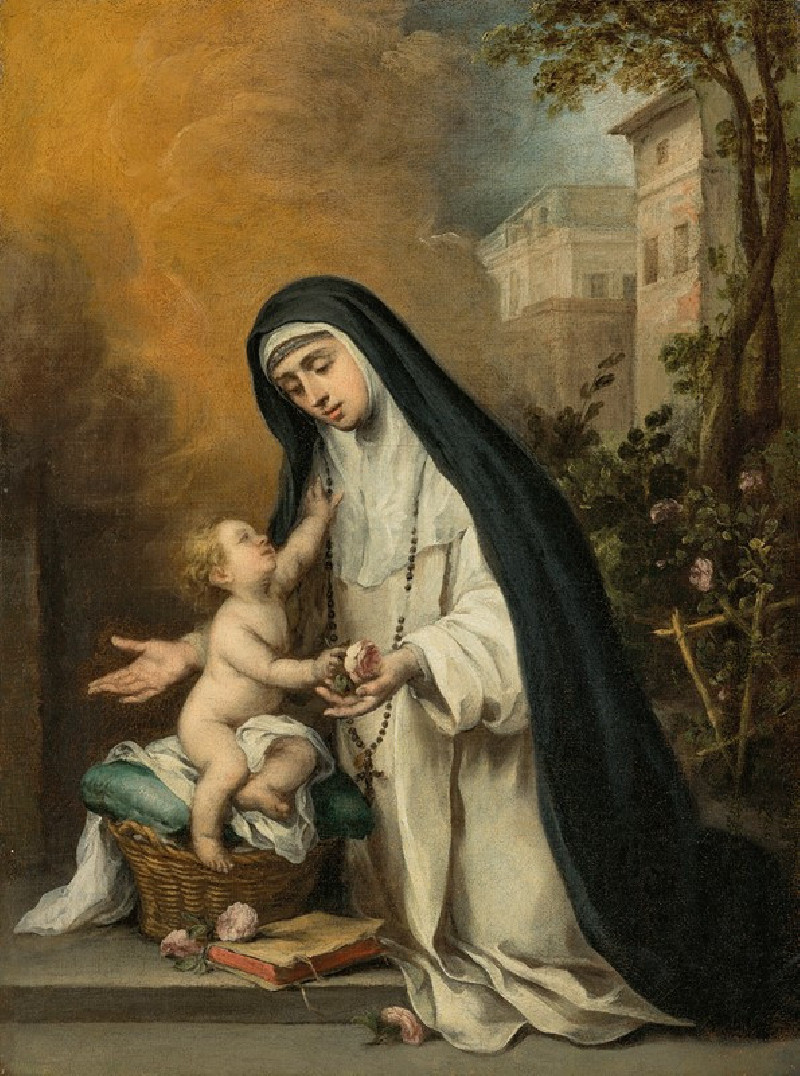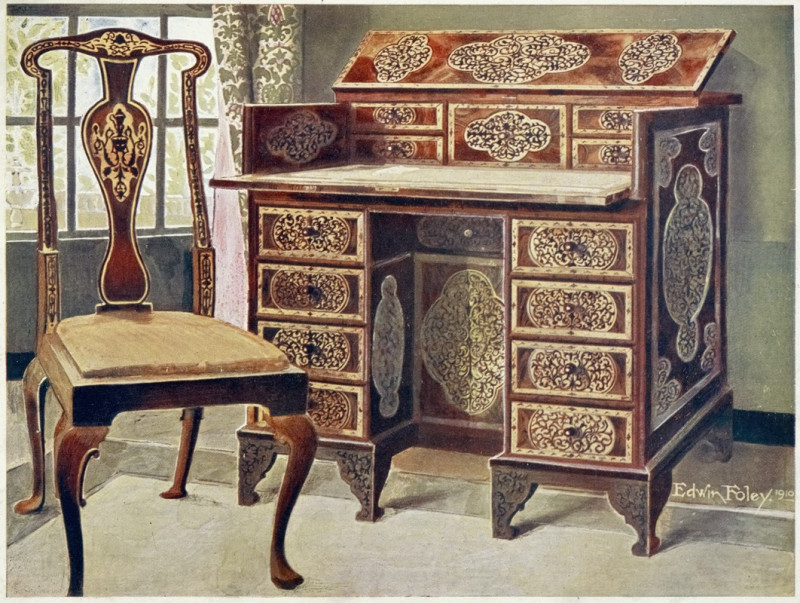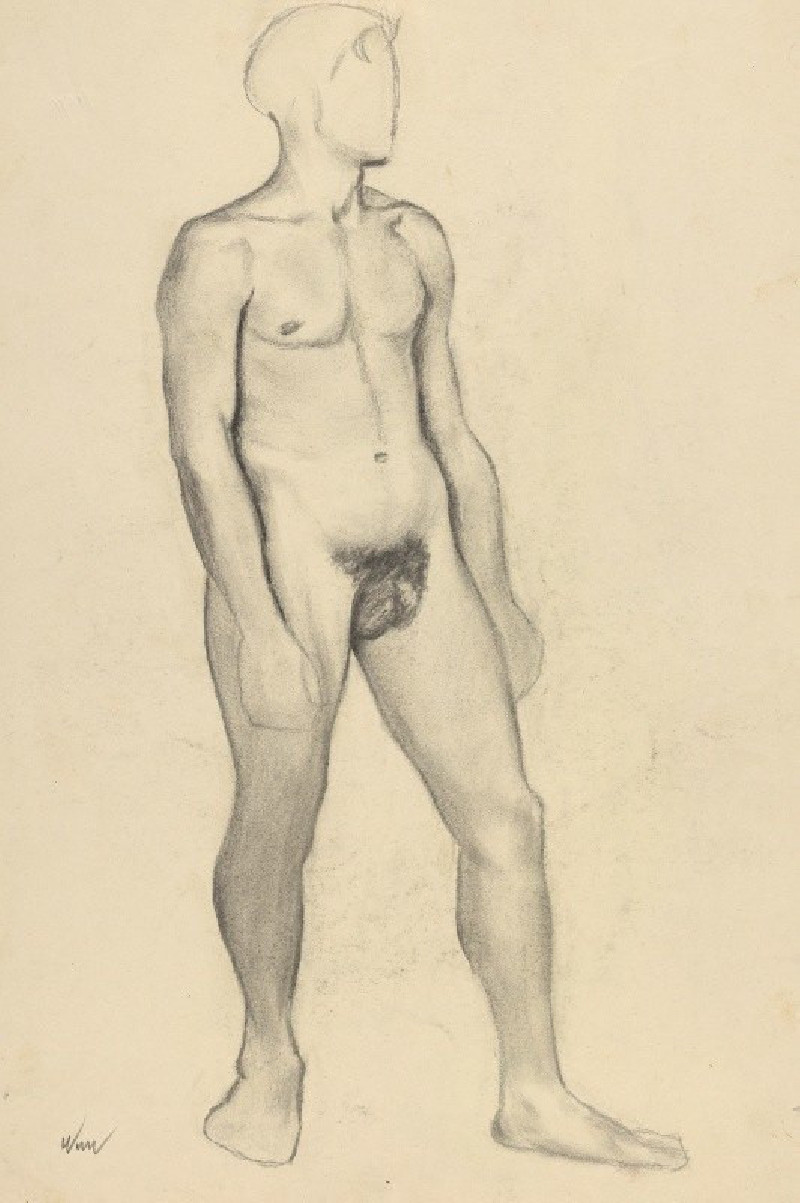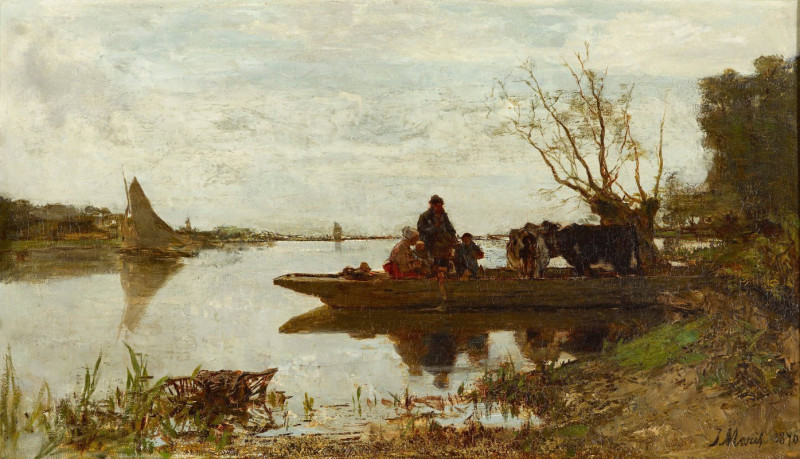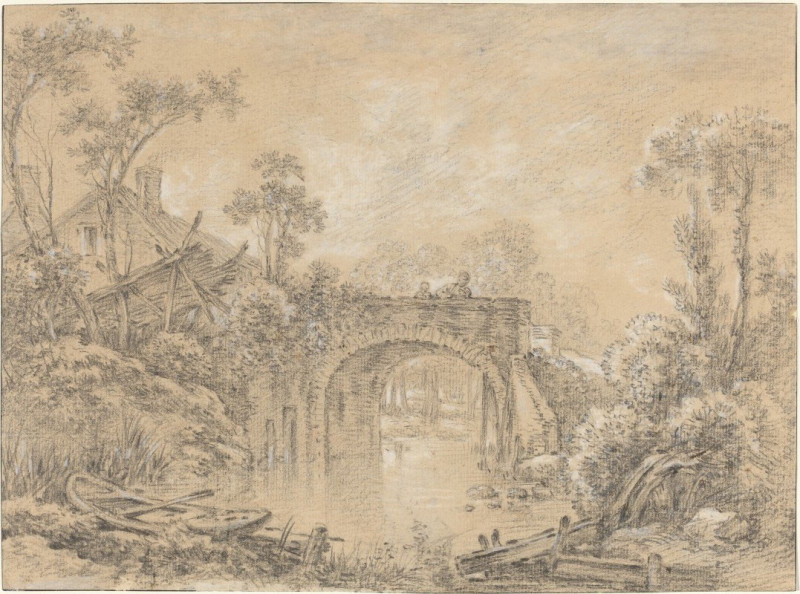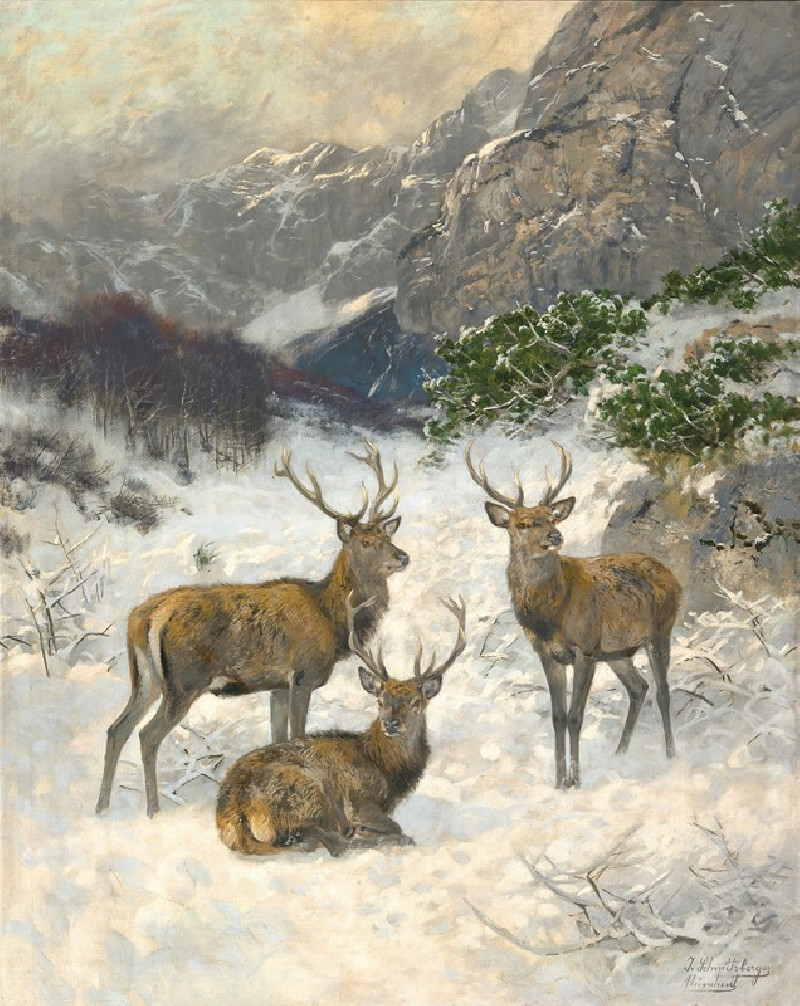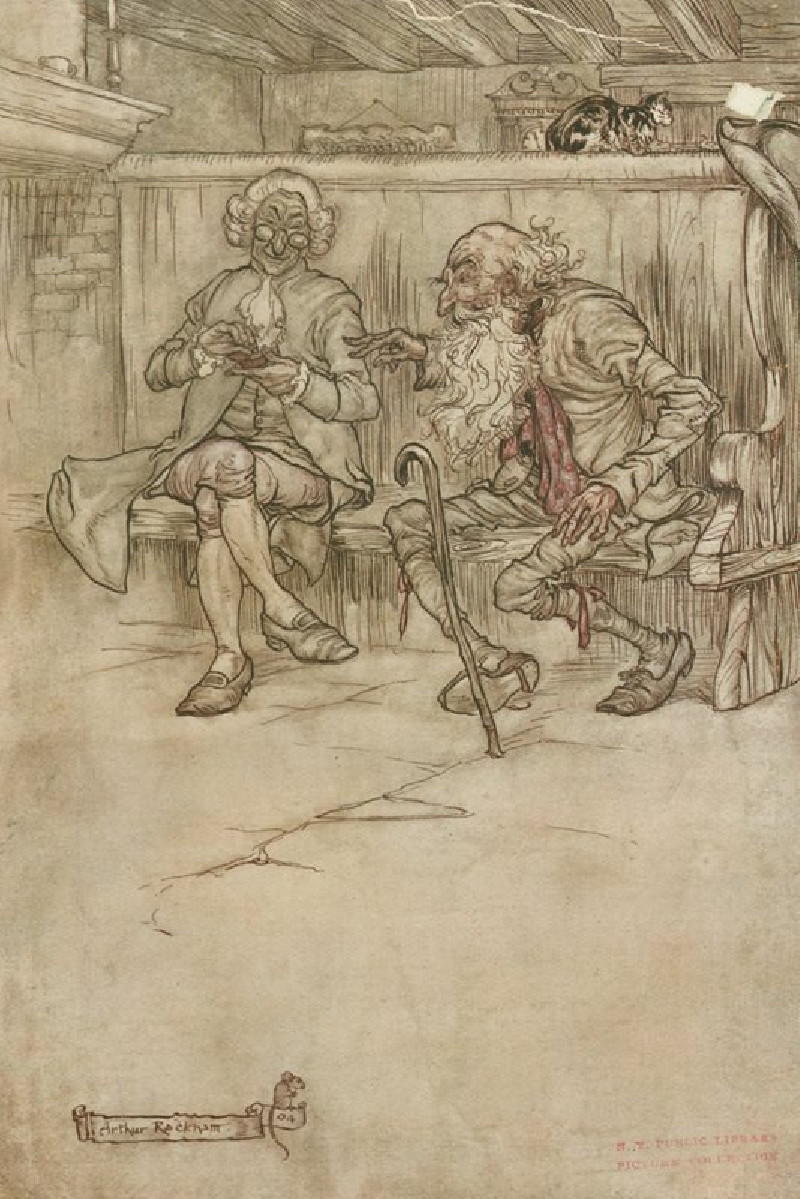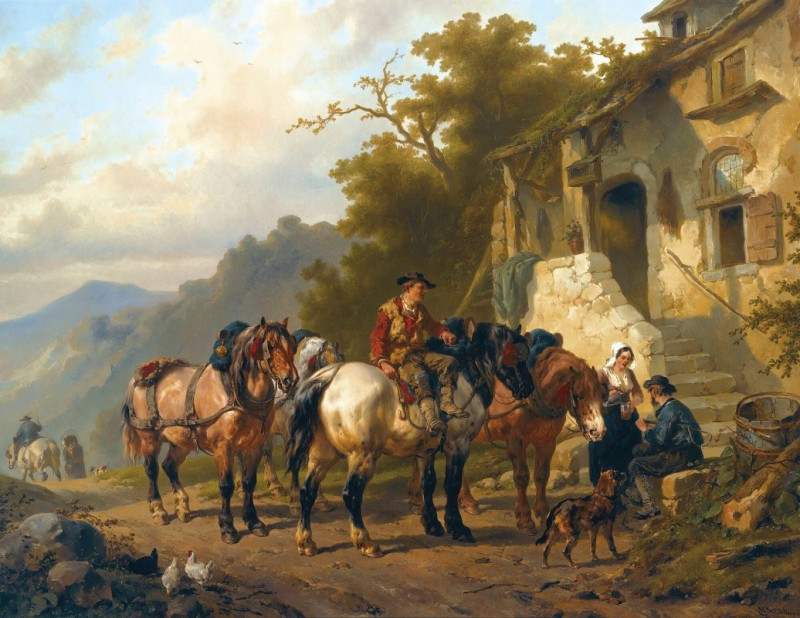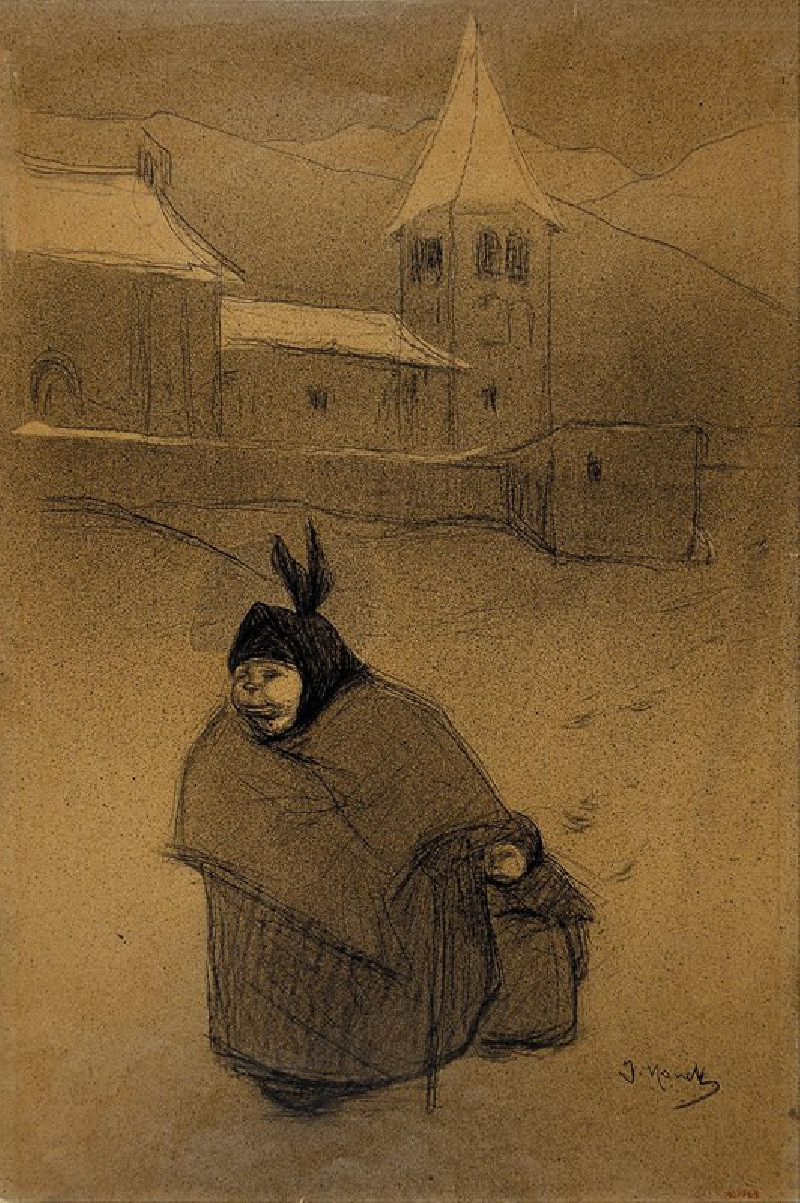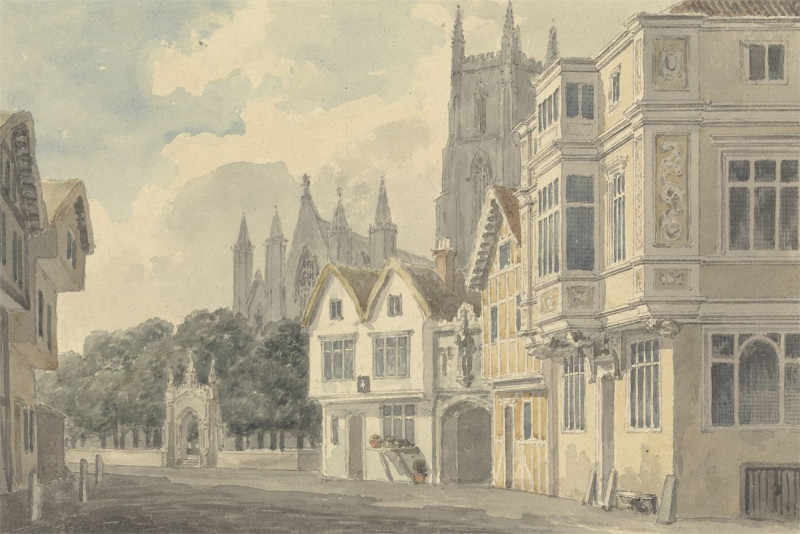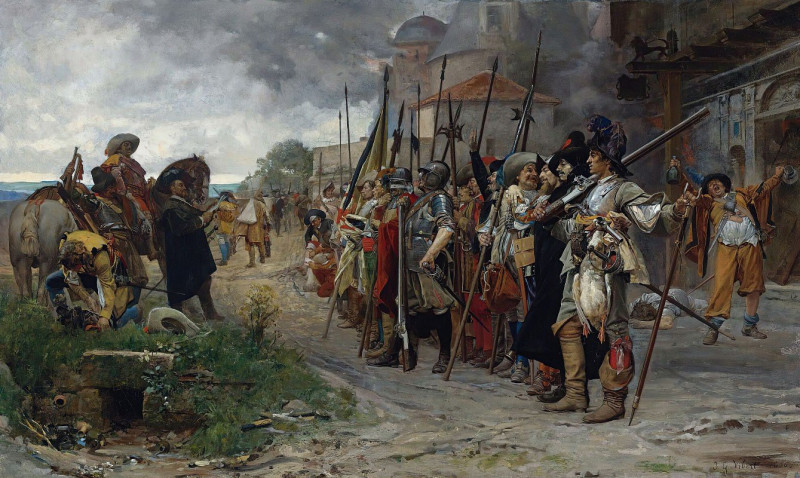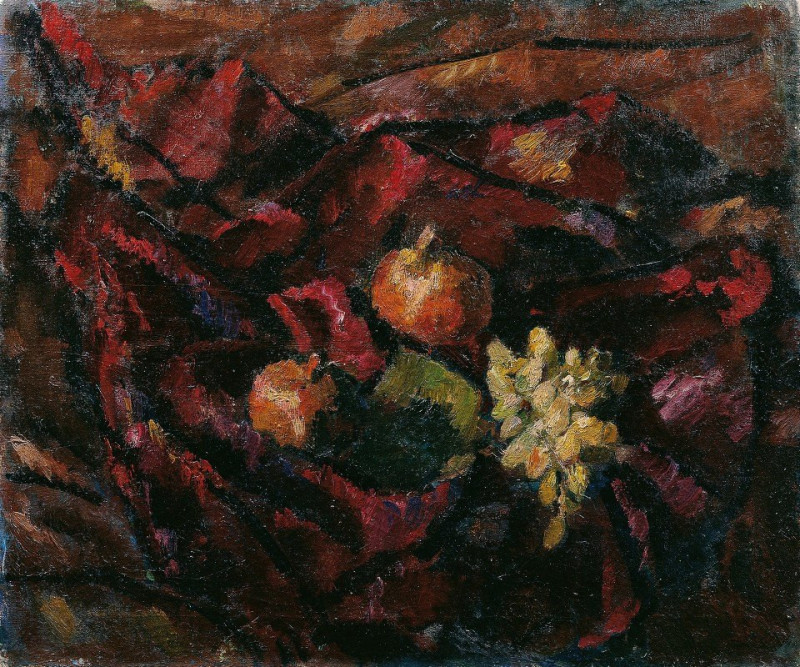The Baptistry, Florence
Technique: Giclée quality print
Recommended by our customers
More about this artwork
We are delighted to introduce "The Baptistry, Florence," a captivating etching by the renowned artist William Walcot. Emanating the essence of Italian architecture along with a dynamic human panorama, this piece is a masterful blend of emotion and structure.In this fine representation, Walcot captures the grandeur of Florence's Baptistry of Saint John, a revered architectural treasure situated across from the Cathedral (Duomo) of Florence. The artwork exhibits meticulous details of the building's exterior, highlighting the intricate carvings and the famous bronze doors that frame the entrance, which are endearingly termed as the "Gates of Paradise."The etching is more than just a static architectural study; it breathes life with Walcot's inclusion of city life bustling around the baptistry. Depicted are figures engaged in daily activities — pedestrians and cyclists moving along the piazza, and horsed carriages hinting at a bustling, vibrant city life. This interaction of figures adds layers of narrative depth, suggesting the continuity of life amidst historic sites.Walcot’s skillful use of light and shadow casts dramatic effects, creating a soft yet powerful drama that emphasizes the edifice's age and grandiosity. His strokes capture the movement and rhythm of life, making this more than a cityscape, but a portrayal of time itself."The Baptistry, Florence" ultimately serves as a testimony to William Walcot’s artistic prowess in bringing together elements of realism and impressionism. It invites viewers to dive into a moment in Florence, bridging the gap between the historical significance of the location and the transient moment captured forever in etching.This piece is a must-see for anyone passionate about art, history, and the stories embedded within city walls.
Delivery
Returns
William Walcot RE was a Scottish architect, graphic artist and etcher, notable as a practitioner of refined Art Nouveau (Style Moderne) in Moscow, Russia (as Вильям Францевич Валькот). His trademark Lady's Head keystone ornament became the easily recognisable symbol of Russian Style Moderne. In 1920s–1930s, he concentrated on graphic art and was praised as "the best architectural draftsman" in London.

